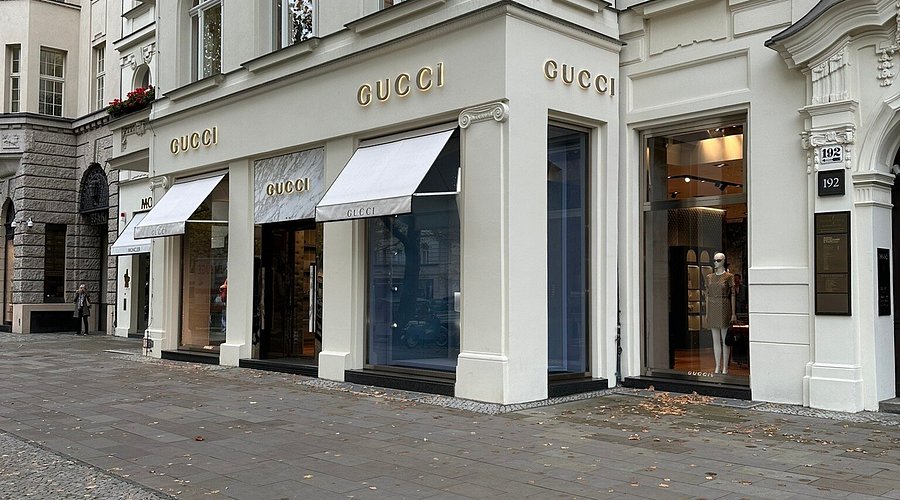The Fifth Room Becomes the Hidden Symbol of Status for the Rich
By
John Carter
Last updated:
October 15, 2025
First Published:
October 15, 2025

Photo: Country Life
The Emergence of Hidden Luxury
In modern elite living, the concept of hidden spaces has evolved into a statement of prestige. The fifth room, a carefully concealed area within a home or estate, has become a symbol of discretion, sophistication, and privilege. Unlike traditional rooms, these spaces are not meant for public display but for personal use, reflecting a growing desire for private indulgence.
Redefining Home as an Experience
For the ultra wealthy, a home is no longer simply a place to live. It is a curated environment where design, function, and emotion converge. The fifth room exemplifies this trend, offering a private sanctuary tailored to specific needs, whether for relaxation, work, or contemplation. This evolution shows that modern luxury is as much about experience as it is about aesthetics.
Designing for Privacy and Exclusivity
Architects and interior designers are embracing creativity in crafting these hidden spaces. From secret libraries and private art galleries to concealed wellness suites, the fifth room is carefully integrated into the layout without drawing attention. The design balances accessibility with secrecy, providing a retreat that is entirely under the owner’s control.
The Psychology of Hidden Spaces
Psychologists suggest that private, concealed areas fulfill deep human needs for autonomy and self-expression. For the ultra wealthy, the fifth room offers an escape from social expectations, pressures, and constant visibility. These rooms act as personal sanctuaries, fostering mental clarity, emotional balance, and creative inspiration.
Curated Functionality
The fifth room is often highly specialized. Some are designed for intimate gatherings, others for meditation, reading, or music. Many include technology and amenities that blend convenience with indulgence. Every detail is curated to meet the owner’s preferences, making the room a reflection of individual taste and personality.
The Role of Secrecy in Status
Secrecy itself has become a luxury. The knowledge that a space exists but is hidden from most enhances its perceived value. This controlled privacy creates an aura of mystique and exclusivity, distinguishing the elite from the general population and reinforcing social hierarchies in subtle but powerful ways.
Investment in Emotional and Cultural Capital
The fifth room is not only a physical asset but also a form of emotional and cultural capital. Owners can cultivate knowledge, artistic taste, or personal interests in a private setting, enhancing their influence and sophistication. The room becomes a vessel for growth, reflection, and strategic thinking, beyond material wealth.
Integration with Lifestyle Trends
The rise of hidden luxury aligns with broader lifestyle trends emphasizing mindfulness, wellness, and intentional living. The fifth room supports a slower, more deliberate pace, offering respite from the constant activity that often accompanies high-net-worth life. It embodies a philosophy that luxury is about quality, not quantity.
Challenges of Concealed Luxury
Creating and maintaining such spaces requires careful planning, investment, and discretion. Security, accessibility, and design integrity are crucial considerations. The fifth room must remain functional and private while seamlessly integrating into the larger property, a challenge that demands expertise and vision.
Lessons for Broader Audiences
While few can replicate the ultra wealthy’s concealed rooms, the principle behind the fifth room is applicable to everyone. Designing personal spaces for reflection, creativity, and relaxation enhances well-being. The fifth room teaches that true luxury is about cultivating private sanctuaries that nourish the mind, body, and spirit.
Subscribe to unlock premium content
Sed at tellus, pharetra lacus, aenean risus non nisl ultricies commodo diam aliquet arcu enim eu leo porttitor habitasse adipiscing porttitor varius ultricies facilisis viverra lacus neque.
A comprehensive guide on Agile development

10 Productivity tools that are worth checking out

Top 7 Must have management tools for productivity

A comprehensive guide on Agile development

10 Productivity tools that are worth checking out

A comprehensive guide on Agile development









